Twelve Ideas to Fill a Sketchbook for Beginners
Ever sit down to draw with the best intentions and then not know what to sketch? In the past, I have often struggled to have a steady flow of ideas to keep myself drawing. Today, I wanted to share some fresh and fun ideas that have helped me stay curious and creative in my sketchbook practice.
Below are Twelve Ideas to fill your sketchbook for beginners. With so many ideas, you'll be filling up your sketchbook in no time!
1. Capture Everyday Objects
We often overlook the beauty of mundane and everyday objects. But there is beauty in a coffee mug, a pair of shoes, a bunch of pencils, a household plant or your car. Once you start drawing, you will notice that there are so many objects to bring to life with your artistic voice.
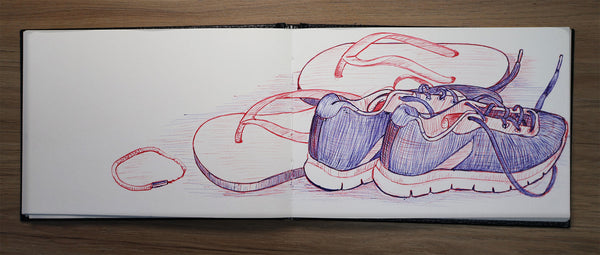
2. Experiment with Mixed Media
In the past, I was often afraid to try mixing various media. I was advised that 'real' artists don't do that. However, I have since learnt that many artists combine different media to express themselves.
The beauty of mixed media is the freedom of no rules. You can combine watercolours and wax pastels, paints and markers, graphite and ink and many more. The combinations and choices are endless!
I have recently seen some artists painting with coffee. I am looking forward to trying it myself.

Ink, graphite and posca markers
3. Explore Different Artistic Styles
Have you tried to copy an artist that you admire? It's an easy way to learn to emulate different artistic styles. However, please don't claim a copied piece of work as your own.
As you get more experienced with studying different artists, you will become confident in merging different styles and combining elements that will add to building your own artistic style.
4. Use Unconventional Drawing Tools
Feeling stuck in a rut? Try drawing with unusual drawing tools. Try a twig, a feather or a leaf dipped in ink instead of a pen.
Last year, I experimented with a reed pen. It was strange and unusual compared to a modern pen, but it was fun nonetheless.
You could also try a toothbrush dipped in ink or paint, swipe it on your sketchbook or use it to splatter ink. Embrace the spontaneity and randomness of unusual tools.
5. Create a Visual Journal
Not sure what to draw? Try turning your sketchbook into a visual diary. You can capture moments in your day, things you use and meaningful moments in your life. You could also add paper, wrappers, receipts and other items stuck into your sketchbook to create a collage. Practice adding handwritten notes, thoughts or memories.
If you choose to journal your life, you will always have something to draw or fill a sketchbook.
6. Pick a theme
Allow yourself to do a deep dive into one subject. For example, I tried to draw 100 hands in one sketchbook. I drew with a different medium after every ten hands. This method forced me to be creative while mastering one subject - hands.
Narrowing your focus allows you to explore one subject from different angles, techniques and styles. If there is something that you struggle to draw, try dedicating a sketchbook to it.
7. Work backwards in your sketchbook
Do you feel anxious about ruining a new sketchbook? Start drawing on the last page and make your way to the front of the book. This way, your rough drawings will be at the end, and your skilled drawings will be at the start of your book. Don't worry, it will be our secret.
8. Start on a random page
Instead of following a linear progression from beginning to end, jump right into the middle of your book. You never know what you might discover - a random doodle, a partially completed sketch or an old idea to revisit. The element of surprise can reignite your creativity. Allow yourself to embrace some randomness.

9. Life drawing
If you love people-watching, this one is for you. I like to carry a sketchbook with me when I go to cafes and draw unsuspecting people. It is easiest at a bustling spot because most people are too busy to notice you sketching them.
You can also try a life drawing class. I love going to ones where the model is unclothed. It gives me a chance to practice studying human anatomy.
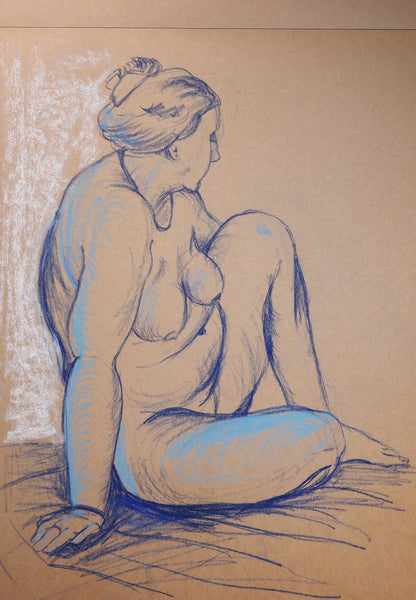
10. Animals - Pets and wildlife
Animals have so much character and personality to capture in a sketch. They make for a challenging subject to study since it's hard to convince them to pose for you. Even when they are asleep, they move!
I enjoy sitting in a park sketching birds or following my cat with a sketchbook and drawing them in motion. These drawings are quick and gestural and not meant to be pretty. However, capturing a moving subject will improve your observation immensely.
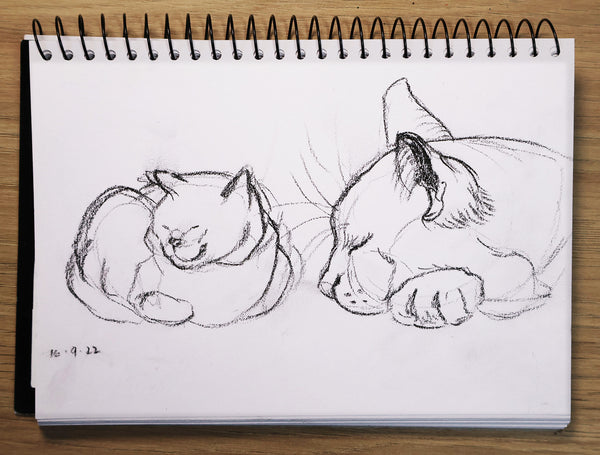
11. Urban sketching
In the past, I would avoid sketching buildings. I would do anything to avoid drawing the complex perspective of an urban scene. But, you don't need to be an expert at perspective to sketch a metropolitan landscape.
Urban sketching is about capturing the personality and character of a place. Each city has its colours and textures that capture the nature of the people that live there. And your task as an artist is to sketch that. Learn to treat each drawing like a puzzle of buildings and streets.
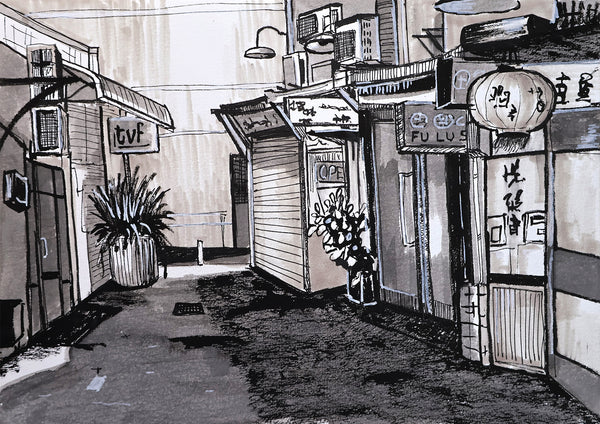
12. Plants and Trees
Some plants can be gentle and delicate, while old trees can be large and foreboding. This exercise is about sketching the feel and energy of a plant. Draw the essence of flowers, saplings and trees in your sketchbook. Try not to get overwhelmed by the details. Generalise and capture the shape and form.
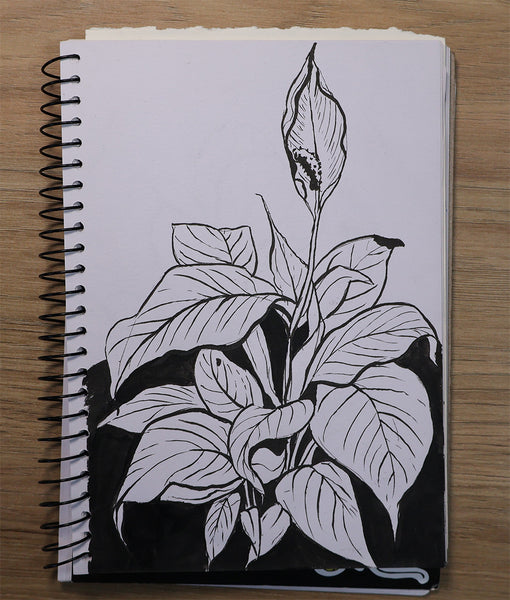
By now, I am sure you have some fresh ideas to explore. Let me know which one resonated most with you.
Would you like more inspiration and ideas to draw? Download my FREE drawing prompts list for the days when you run out of ideas. Get these in your inbox when you subscribe to my newsletter.


